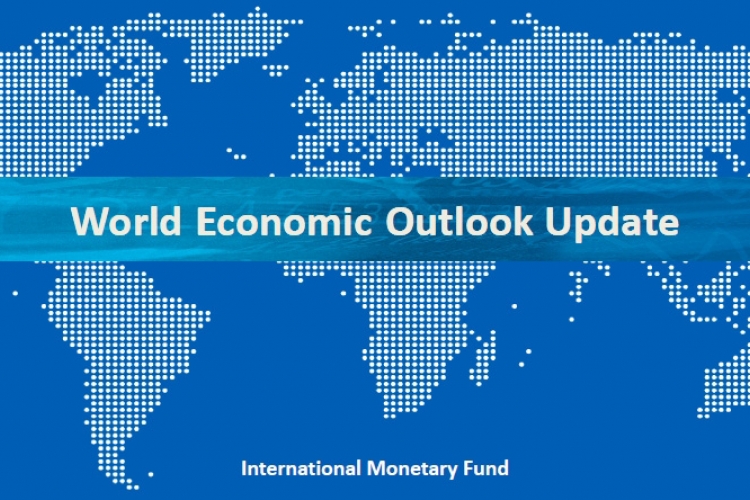World Economic Outlook Report and What does it mean for India ?
NEWS:
The International Monetary Fund (IMF) on Tuesday cut India’s GDP growth forecast for 2019-20, following similar action by the Asian Development Bank (ADB) and the Reserve Bank of India (RBI) while describing the current global economic atmosphere as "a delicate moment"
What does it mean?
In India, growth is projected to pick up to 7.3% in 2019 (2019-20) and 7.5% in 2020, supported by the continued recovery of investment and robust consumption amid a more expansionary stance of monetary policy and some expected impetus from fiscal policy," IMF said in its World Economic Outlook report
It means, The Indian economy grew 6.6% in the December quarter, the slowest in five quarters. That prompted the Central Statistics Office (CSO) to trim its 2018-19 forecast to 7% in February from 7.2% estimated in the previous month. And IMF says, the Indian economy projected to slow down further in the fiscal fourth quarter.
This gives us the message that the RBI’s focus has to be shifted from inflationary concerns to sustaining the growth momentum. RBI effected two back-to-back rate cuts of 25 basis points each to boost growth in the last two monetary policy reports.
The World Economic Outlook believes that in India, continued implementation of structural and financial sector reforms with efforts to reduce public debt remain essential to secure the economy's growth prospects. And “sustain” growth meaning, the situational difference between emerging and developed economies currently in play such as inverted bond yield in the U.S. (refer to the previous blog to know more), No deal in BREXIT, China’s slowdown and global reduction in demand. These differences show the growth scenario for India will be hard but not impossible.
What India has to do to sustain growth?
- We need to bring down India's elevated public debt. This should be supported by strengthening goods and services tax compliance and further reducing subsidies.
- Important steps have been taken to strengthen financial sector balance sheets, including through accelerated resolution of non-performing assets under a simplified bankruptcy framework.
- These efforts should be reinforced by enhancing governance of public sector banks. Reforms to hiring and dismissal regulations would help incentivise job creation and absorb the country's large demographic dividend
- Efforts should also be enhanced on land reform to facilitate and expedite infrastructure development.
Warning for RBI?
Fiscal policy is a very important part of the tool kit for policymakers,” Gita Gopinath Cheif economist IMF emphasised “That said, there is no free lunch. There are limits to how much countries can spend.”
It means, it strongly emphasises operational independence for the Central Bank, and that is how we how also make our assumptions in WEO forecast and there is a necessity to push for operational independence of the RBI. In other words, central governments policy initiatives have to be kept in line with RBI’s independence over data-centric policy rates and not like the recent liquidation of RBI assets, interim dividend or funding IL and FS. RBI should be given more autonomy to control inflation and shall not lock horns with the government over growth vs inflation conflict.
Modern Monetary Theory
The theory is known as Modern Monetary Theory (MMT), as profounded by Gita Gopinath Chief economist IMF claims that countries that have their own central banks and borrow in their own currencies -- like the U.S. and Japan -- can’t go broke, and so don’t need to worry about overspending so long as it’s not generating high inflation. It emphasises that while growth should be sustained, the present economic condition requires central banks like RBI to act on data with its limited policy tools to control inflation at all costs. India needs to take a leaf out this while rethinking the recent govt-central bank clashes.


 "UPSC-2026-PRELIMS COMBINED MAINS PROGRAMME" NEW BATCH STARTS WITH ORIENTATION ON JULY 7th,2025
"UPSC-2026-PRELIMS COMBINED MAINS PROGRAMME" NEW BATCH STARTS WITH ORIENTATION ON JULY 7th,2025 